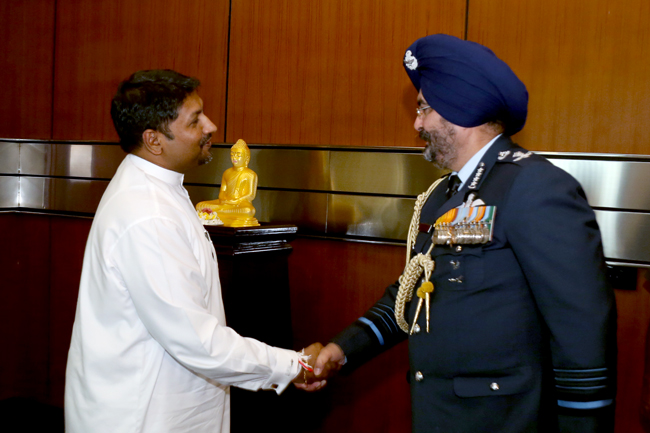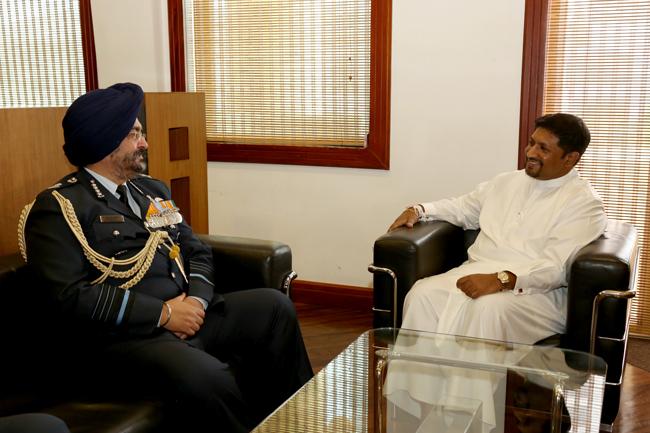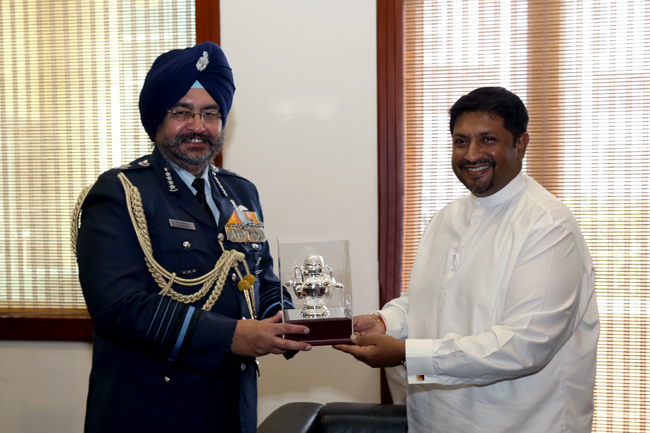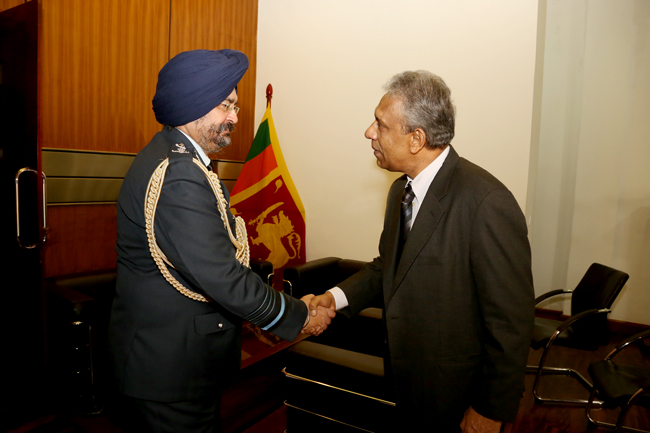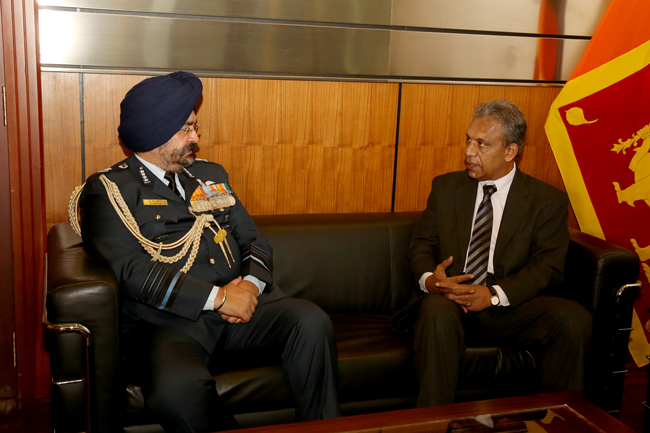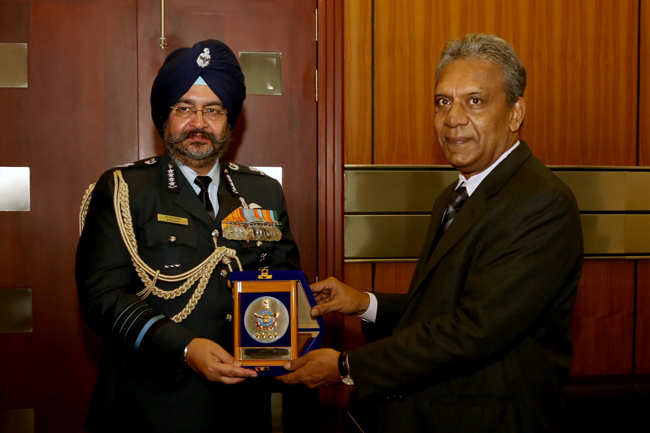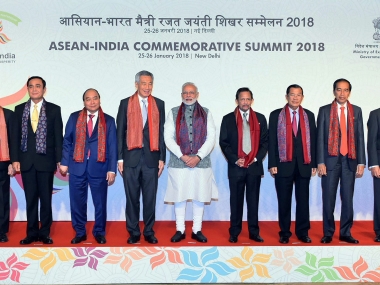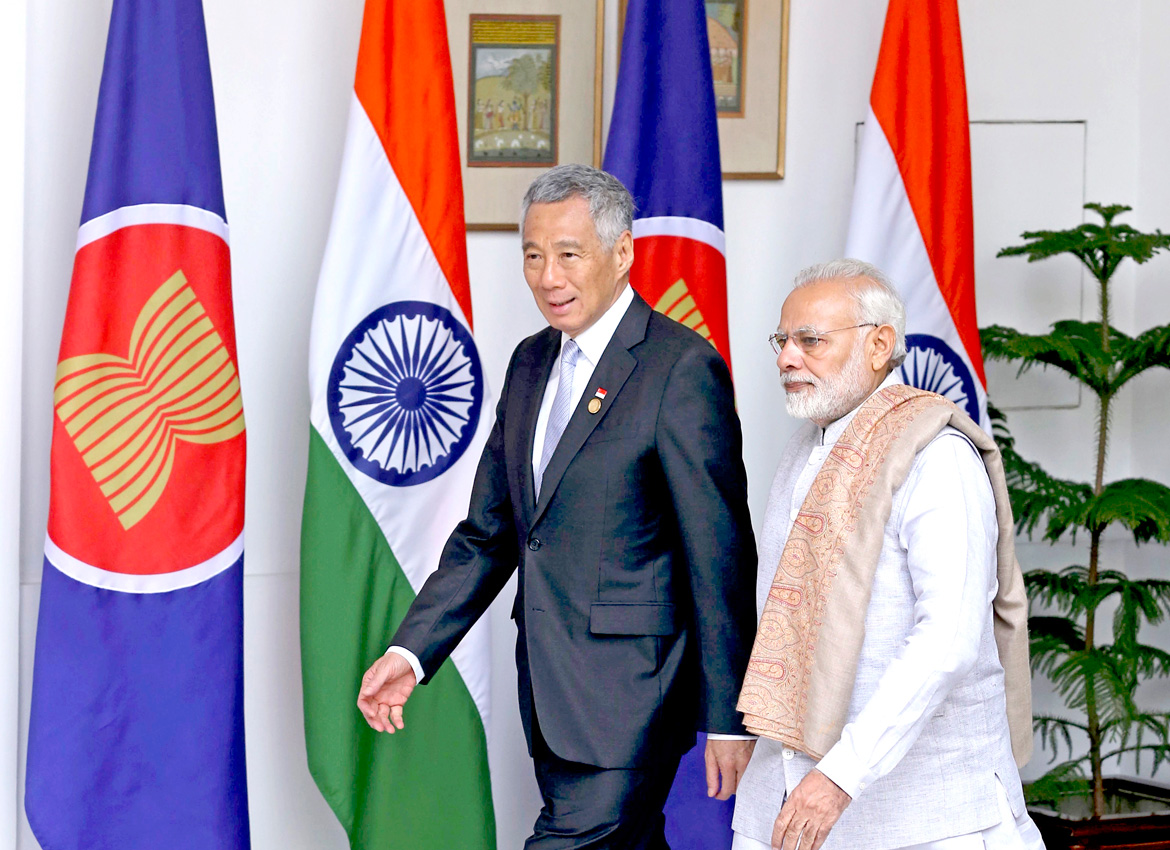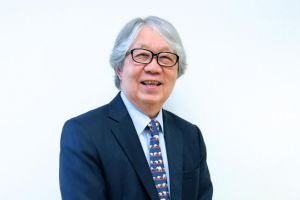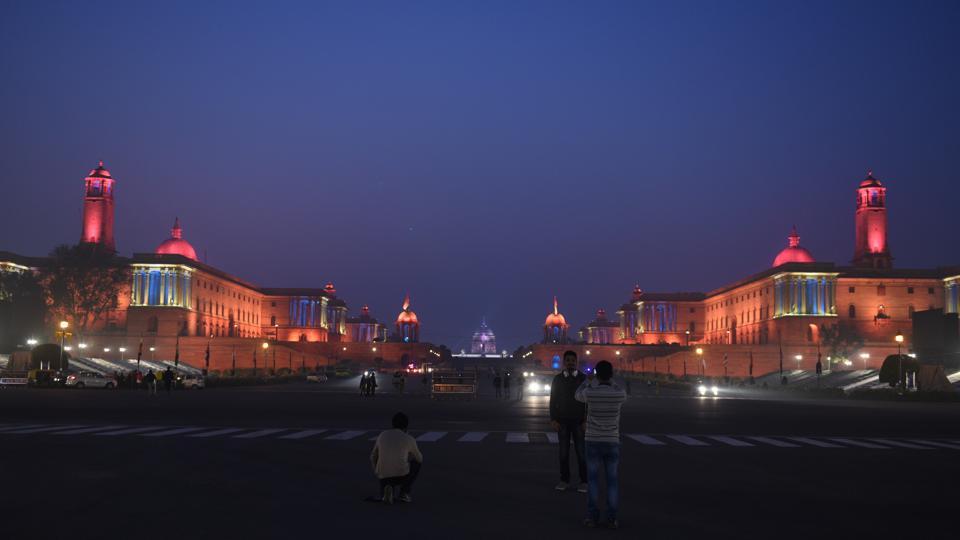Shared values, common destiny
Today, 1.25 billion Indians have the honour to host ten esteemed guests – leaders of the ASEAN nations – at India’s Republic Day celebrations in our capital, New Delhi. On Thursday, I had the privilege to host ASEAN leaders at the commemorative summit to mark 25 years of ASEAN-India partnership. Their presence with us is an unprecedented gesture of goodwill by ASEAN nations. Responding to this, on a winter morning, India has come out to greet them in a warm embrace of friendship.
This is no ordinary event. It is a historic milestone in a remarkable journey that has brought India and ASEAN in a deepening partnership of great promise for their 1.9 billion people, about one-fourth of humankind.
The partnership may be just 25 years old, but India’s ties with Southeast Asia stretch back more than two millennia. Forged in peace and friendship, these enduring links of religion and culture, art and commerce, language and literature, are now present in every facet of our magnificent diversity, providing a unique envelope of comfort and familiarity between our people.
More than two decades ago, India opened itself to the world with tectonic changes. And, with instincts honed over centuries of interaction, it turned naturally to the East. Thus began a new journey of India’s reintegration with the East. For India, most of our major partners and markets – from ASEAN and East Asia to North America – lie to the east. Southeast Asia, our neighbours by land and sea, has been the springboard of our Look East policy and, for the past three years, the Act East policy.
Along the way, ASEAN and India have become strategic partners. We advance our broad-based partnership through 30 mechanisms. With each ASEAN member, we have a growing diplomatic, economic and security partnership. We work together to keep our seas safe and secure. Our trade and investment flows have multiplied several times. ASEAN is India’s fourth largest trading partner; India is ASEAN’s seventh. Over 20 percent of India’s outbound investments go to ASEAN. Led by Singapore, ASEAN is India’s leading source of investments. India’s free trade agreements in the region are its oldest and among the most ambitious anywhere. Air links have expanded rapidly, and we are extending highways deep into continental Southeast Asia with new urgency and priority. Growing connectivity has reinforced proximity. It has also put India among the fastest growing sources of tourism in Southeast Asia. The Indian diaspora in the region, comprising over 6 million people, is rooted in diversity and steeped in dynamism, constituting an extraordinary human bond between us.
India and Myanmar share a land-border of over 1600 kilometres as well as a maritime boundary. Religious and cultural traditions flowing from our deep sense of kinship and our common Buddhist heritage bind us as closely as our shared historical past. Nothing illuminates it more gloriously than the gleaming tower of Shwedagon Pagoda. The cooperation to restore Ananda Temple in Bagan with the assistance of the Archaeological Survey of India also is emblematic of this shared heritage.
During the colonial period, political bonds were forged between our leaders, who displayed a great sense of hope and unity during our common struggle for independence. Mahatma Gandhi visited Yangon several times. Bal Gangadhar Tilak was deported to Yangon for many years. The clarion call of Netaji Subhash Chandra Bose for India’s independence stirred the souls of many in Myanmar.
Our trade has more than doubled over the past decade. Our investment ties are also robust. Development cooperation has a significant role in India’s relations with Myanmar. This assistance portfolio is presently worth over US$1.73 billion (K2.3 trillion). India’s transparent development cooperation is in line with Myanmar’s national priorities and also builds synergy with the Master Plan of ASEAN Connectivity.
shared.jpg
Singapore’s Prime Minister Lee Hsien Loong, left, and Indian Prime Minister Narendra Modi arrive for a meeting in New Delhi, India, on Thursday. The leaders of ASEAN, chaired by Singapore this year, are in New Delhi to celebrate 25 years of the group’s ti
India and ASEAN are doing much more. Our partnership in ASEAN-led institutions like the East Asia Summit, ASEAN Defence Ministers Meeting-Plus and ASEAN Regional Forum are advancing peace and stability in the region. India is also an eager participant in the Regional Comprehensive Economic Partnership agreement, seeking a comprehensive, balanced and fair deal for all 16 participants.
The strength and resilience of partnerships come not just from the arithmetic of numbers, but also from the underpinnings of the relationship. India and the ASEAN nations have relations free of contests and claims. We have a common vision for the future, built on a commitment to inclusion and integration, belief in the sovereign equality of all nations irrespective of size, and support for free and open pathways of commerce and engagement.
The ASEAN-India partnership will continue to grow. With the gift of demography, dynamism and demand – and with rapidly maturing economies - India and ASEAN will build a strong economic partnership. Connectivity will increase and trade will expand. In an era of cooperative and competitive federalism in India, our states are also building productive cooperation with Southeast Asian nations. India’s Northeast is on a resurgent path, and links with Southeast Asia will accelerate its progress. In turn, a connected Northeast will be a bridge to the ASEAN-India ties of our dreams.
As prime minister, I have attended four annual ASEAN-India and East Asia summits, which have reinforced my conviction in ASEAN unity, centrality and leadership in shaping the region.
This is a year of milestones. India turned 70 last year and ASEAN reached the golden milestone of 50 years. We can each look to our future with optimism and to our partnership with confidence.
At 70, India exudes the spirit, enterprise and energy of its young population. As the fastest growing major economy in the world, India has become the new frontier of global opportunities and an anchor of stability in the global economy. With every passing day, it is easier to do business in India. I hope that ASEAN nations, as our neighbours and friends, will be an integral part of India’s transformation.
We admire ASEAN’s own progress. Born when Southeast Asia was a theatre of a brutal war and a region of uncertain nations, ASEAN has united ten countries behind a common purpose and a shared future.
We have the potential to pursue higher ambitions and address the challenges of our times: from infrastructure and urbanisation to resilient agriculture and a healthy planet. We can also use the power of digital technology, innovation and connectivity to transform lives at an unprecedented speed and scale.
A future of hope needs the solid bedrock of peace. This is an age of change, disruptions and shifts that come only rarely in history. ASEAN and India have immense opportunities – indeed, enormous responsibility – to chart a steady course through the uncertainty and turbulence of our times to a stable and peaceful future for our region and the world.
Indians have always looked east to see the nurturing sunrise and the light of opportunities. Now, as before, the East, or the Indo-Pacific Region, will be indispensable to India’s future and our common destiny. The ASEAN-India partnership will play a defining role in both. Today in New Delhi, ASEAN and India renew their pledge for the journey ahead.
Shared values, common destiny
